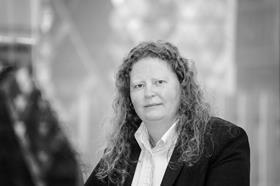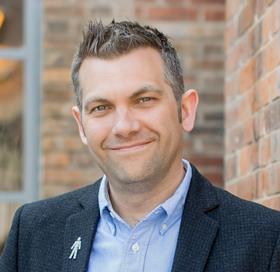Insurance Times asks industry experts how insurers are using advanced technologies and human experts to combat fraud
WE ASKED: How are insurers balancing the use of advanced technologies with the human element in fraud prevention, such as skilled investigators and claims professionals?
James Burge, head of counter fraud, Allianz

As an industry, we’re experiencing changing volumes, values and types of fraud that are carried out by sophisticated fraudsters who continue to evolve their tactics. This is exacerbated by the current economic downturn and cost of living crisis – and technology such as our machine learning tools are becoming a crucial part in preventing fraud. With the experience and expertise of fraud handlers, this provides the perfect balance to fight fraud.
By combining both artificial and human intelligence, we’ve seen a 150% increase in application fraud savings compared to year to date expectations.
With the breadth of knowledge and experience that many claims investigations teams have, there will always be a need for the human element in fraud prevention.
Incorporating machine learning tools to identify suspect claims, which are then referred to a fraud expert for thorough review and investigation, allows fraud teams to streamline processes and identify fraudulent activity at an earlier opportunity, as well as settle genuine claims quicker. It also helps ensure they can use their time more effectively and use their skills on more complex tasks.
Overall, the success of advanced technologies is shown through its cost-saving approach, consistent fraud detection rate over time and automation capabilities, alongside experienced people.
Adele Sumner, head of counter fraud strategy and financial crime, RSA

The key point here is the use of technologies. There are multiple different fraud technologies in the market, with differing capabilities and the immediate challenge for insurers is finding one or several tools that best detects insurance fraud across their specific businesses. On top of this, we have to serve our customers and our brokers.
Depending on which communication method the customers and brokers prefer, the fraud technologies utilised need to be adaptable. The key element in the future is having trained and skilled professionals who can operate the fraud technologies to identify fraud risks – and having professionals who can work with the next generation of fraud tooling and modelling – to ensure detection identifies fraudsters, but also reduces any potential friction in the customers claim journey.
It is a blending of fraud detection skills with claims skills. We are right in the middle of the next generation fraud detection and prevention across both our customers and our people. The whole sector are totally focused on finding fraudsters, sharing and identifying patterns and trends that work seamlessly with counter fraud detection and prevention technologies.
Gareth Evans, head of customer success UK, Shift Technology

Gareth Evans
The first step is to make certain that insurers, and vendors, are thinking about advanced technologies, such as artificial intelligence, in the right way. At the most basic level, these technologies must be conceptualised, approached and implemented as a way to augment, rather than replace, investigators and claims professionals. If we begin with that supposition, we’re off to a good start. We also need to have a solid understanding of what we want to automate, why we want to automate it, how we are going to automate it and how any automation strategy will impact human employees and the customer. We’ve seen too many occasions where automation for the sake of automation simply fails.
We also need to ensure that the users of these technologies are provided useful information that actually helps them do their job better. It’s not enough for an investigator or claims professional to receive an alert that delivers the response, ’computer says fraud’. That is rarely, if ever useful. It doesn’t help anyone understand how the technology came to that determination or how to proceed now that it has. The idea is to optimise insurance decision making supported by technology.
Balancing technology and the human experience requires that we all start from a place of common understanding. What can technology help us accomplish? What can’t it do? And perhaps most importantly, what should it do?
Hosted by comedian and actor Tom Allen, 34 Gold, 23 Silver and 22 Bronze awards were handed out across an amazing 34 categories recognising brilliance and innovation right across the breadth of UK general insurance.



















































No comments yet